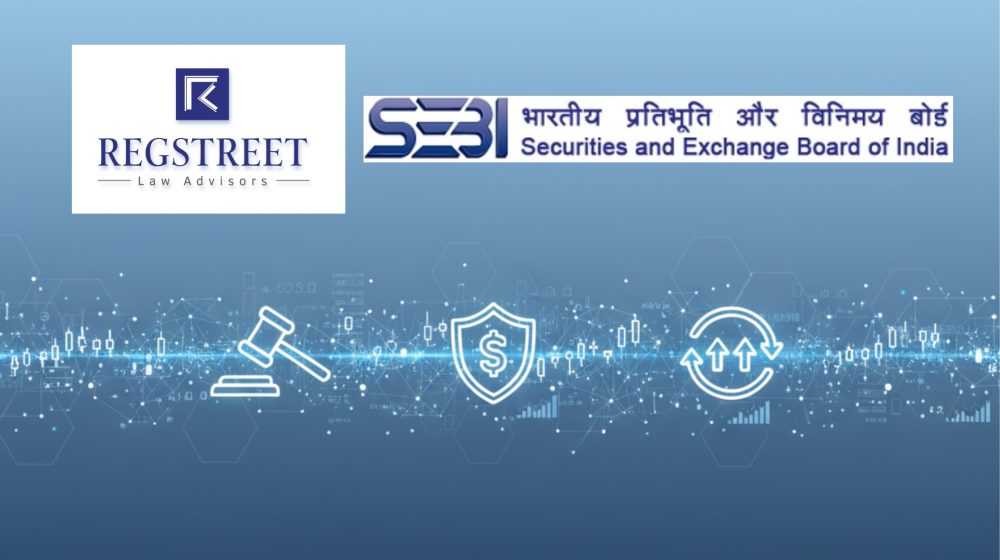Minuscule direct spending from the market regulator’s swelling corpus meant for investor education and protection has triggered calls for a sharp shift in strategy, particularly targeting first-time investors and countering misinformation from financial influencers.
The Securities and Exchange Board of India’s Investor Protection and Education Fund (IPEF) saw its corpus jump nearly 43% in 2024-25, from ₹533 crore in FY24 to ₹761 crore. Yet, direct deployment from the fund remained stagnant at ₹2.7 crore.
This growing gulf between the fund’s size and spending has renewed calls for Sebi to shift from event-led awareness drives to outcome-focused deployment.
A Sebi official, however, pointed out that the regulator also spends money on investor initiatives via market infrastructure institutions such as stock exchanges and depositories—which isn’t reflected in its annual report.
Another former Sebi officer, Abhiraj Arora, and a partner at Saraf and Partners, revealed that spending decisions rest with a committee inside Sebi. “Sebi has spent extensively on investor sessions nationwide, but some funds may come from the general fund rather than IPEF due to bureaucracy or specific committee approval and reporting,” he said.
Sebi and its partners ran 50,789 investor awareness events across 724 districts in FY25, up from 43,826 events across 687 districts in FY24, widening the reach but not the spending.
“Sebi can deploy the IPF (Investor Protection Fund) and IPEF funds far more effectively if it moves beyond broad brush awareness campaigns and ties utilization to measurable outcomes,” said Sonam Chandwani, managing partner, KS Legal.
She added that instead of generic seminars in large cities, Sebi could channel more funds to tier-2 and tier-3 cities where first-time investors often start with derivatives (futures and options trading) or small-cap stocks without grasping the risks involved.
Individuals trading in futures and options alone suffered losses exceeding ₹1 trillion in FY25, according to Sebi’s research report released on 7 July.
“Fund vernacular, short-form digital literacy to counter finfluencers at the source; build simulation tools that let investors practice risk-free; and deploy data-driven early warnings like illiquidity or concentration alerts,” Chandwani said.
She also suggested creating an impact scorecard for Sebi’s fund “so every rupee is judged against reduced complaints, lower mis-selling, and genuine behaviour change”.
Emails to Sebi on the matter went unanswered.
Untapped potential
Legal experts who work closely with Sebi called its approach cautious and technically consistent with the law, but increasingly misaligned with market realities.
While Sebi’s regulations empower it to use its corpus for education and awareness, there is no structured framework for direct compensation, they added.
“IPEF functions more as a reservoir for awareness initiatives than as a vehicle for restitution,” said Sumit Agrawal, founder and partner at Regstreet Law Advisors and a former Sebi officer.
“From a policy perspective, there is a growing gap between the size of the corpus and the modest expenditure, especially when the number of first-time and retail investors has surged. This makes the cautious approach look increasingly misaligned with the spirit, if not the letter, of investor protection,” Agrawal said.
Other experts drew comparisons with global regulators. The US Securities and Exchange Commission’s Fair Funds mechanism returns disgorged monies to affected investors and supports whistleblower rewards. The UK’s Financial Conduct Authority and the Australian Securities and Investments Commission spend aggressively on technology-enhanced education and public campaigns.
“Considering the exponential growth of retail investors, Sebi should certainly consider using more IPEF funds to enhance investor awareness, protection, and confidence in the Indian financial markets,” said Abhishek Dadoo, partner at Khaitan and Co. law firm, highlighting there was no spending threshold for IPEF.
Akshaya Bhansali, managing partner, Mindspright Legal, said amendments to the IPEF framework in 2023 introduced a hierarchy ringfencing disgorged amounts for eligible, identifiable investors, or whistleblower rewards.
Only after seven years can leftover funds move to education; therefore, a clearer, rules-based mechanism to quantify loss could bridge the gap between enforcement and outcome, Bhansali explained.
There’s one niggle, though, according to her: “It has been difficult for Sebi to identify the investors who have lost money due to the wrongdoings of market participants, leaving aside broker defaults.”


